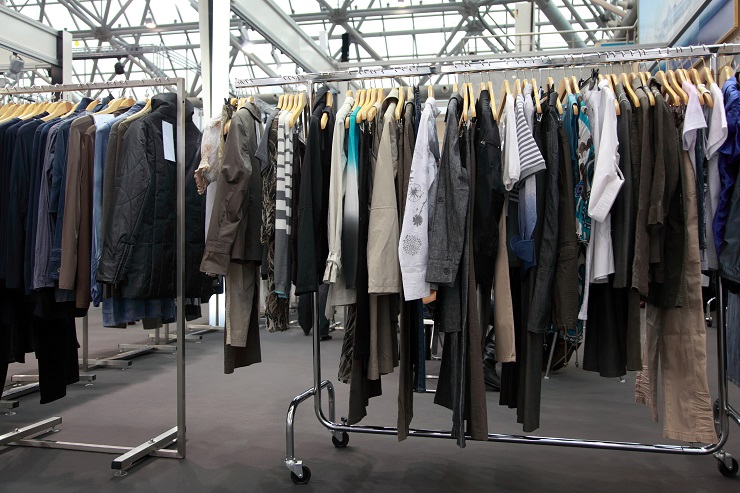
Lamoda sells fashion and home decor in Russia online, it goes very well, but it is not carried out in a way that we are used to. The normal way of optimization thinking has been left, but they have still created an e-commerce with an enormous volume. They have built an own delivery organization due to poor infrastructure and few dispatchers. The deliveries are handled by their own staff who knows the products and stays when you try them on so that everything fits and looks the way you imagined. The things that doesn’t fit are taken back free of charge. Since the customers know that they are offered this service and have the opportunity to try it on before it is returned, there are often extra orders that are returned. But it is an easy return management for both customer and seller.
I would personally see an extension of this, to offer the customer an alternative on the spot even if it is not ordered. Based on the customer’s order history, you could maybe bring alternatives in the delivery for the customer to try on. If something is too small or large, the chances are that it is returned, but if you have alternatives in the truck, the customer’s home turns into an actual fitting room, and you only pay for the products you keep. I also think of the possibilities of selling more if you bring products that match to the ones that are ordered. Even if it can be done online already, it is easier to see it when you see it live. Or some special offer that is easy to sell, such as a bag or accessories. It doesn’t need to be enormous amount of stock in the truck, in general, a lot of people in the same target group fancies the same things. Maybe you can even try to sell the things that didn’t fit to another customer later in the delivery round?
There is still a large group of people who are unwillingly to pay with credit cards online. To pay at pickup for an e-commerce order is a popular alternative, and to offer that at home deliveries seems to be appreciated. Lamoda offers to pay only for the products that are not returned with cash or card, directly by the door.
There are a lot of different figures of how large part of e-commerce orders that are returned, but one thing is clear, clothes and shoes are the major part of the returns. I think that to prevent a large part of this should be explicit size measures and descriptions. I was going to order soccer shoes online for my son, but only found a few who stated the measure inside for the specific models. This kind of information should be easy to state in the product description and present at the site.
Virtual fitting room is another step to try to decrease the number of returns caused by wrong sizes. At e-commerce Stockholm 2014, Gustaf Tunhammar, CEO at Virtusize, talked about their solution of a virtual fitting room that is used at sites such as Asos.com and Nelly.com. Customers can set reference garments to see how another garment looks in comparison in different sizes. The customers have their data available at every site that uses Virtusize. In order to reduce the number of returns and exchanges and increase sales. I like the idea and think that it could be used in stores when you shop for someone else and don’t have the opportunity to try it on right then. Why not access the product at your mobile phone or a tablet in the store and see the size comparison.
Lamoda has a really simple checkout where you basically fill in your name and number. They call right up within minutes and confirm the order, fill in the address, and give tips and tries to sell more. They also schedule the home delivery, which can be soon. Not only is a personal contact provided, you can also get personal help and assistance. It would be really great to see a similar way of thinking with one of the large retailers in Sweden, to be present the entire way from order to delivery of the things the customer really wants. No matter how you choose to work with it, a more efficient return management is always of interest for most when e-commerce sales sets new records.
